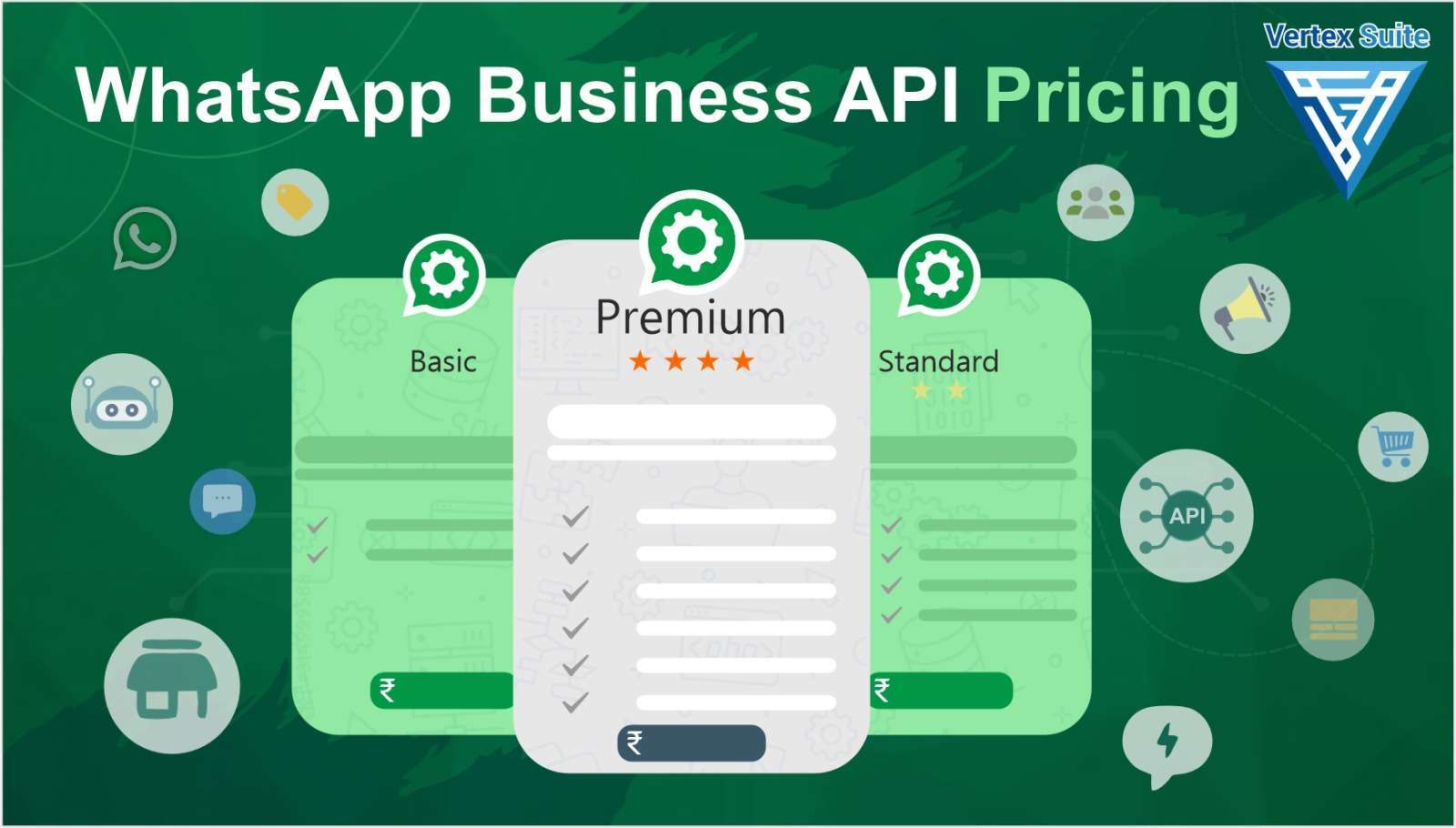WhatsApp Business API is a powerful tool for businesses of all sizes to streamline their customer communication. But understanding its pricing structure can be somewhat complicated. This article aims to demystify WhatsApp Business API Pricing and provide tips on how you can minimize costs.
WhatsApp does not charge for the use of the Business API itself; instead, it charges for messages sent through the platform. The cost per message varies depending on the type of message (session or template) and the destination country.
Session messages are any messages sent by a business within 24 hours after a user’s last message. These are free of charge, encouraging businesses to respond quickly to customers’ inquiries. On the other hand, template messages refer to pre-approved notifications that businesses send outside this 24-hour window. These could include reminders, updates or marketing promotions and incur varying costs based on country.
To keep your costs down, make sure you’re making good use of session messaging where possible as they are free of charge. Responding promptly within the 24-hour window not only saves money but also improves customer satisfaction by providing timely responses.
Another way to minimize costs is by optimizing your template messages usage. Since these come at a cost, it’s important that they offer value and relevance to your customers so that they don’t go ignored or unnoticed – which would essentially be wasting money.
One effective strategy could be segmenting your audience based on their behavior or preferences, allowing you to send targeted template messages that resonate with each group more effectively than generic ones would do.
Furthermore, consider using interactive elements like quick replies or buttons in your session conversations whenever possible as these encourage engagement from users which can potentially extend the free-of-charge 24-hour window if users reply back.
It’s also crucial for businesses using WhatsApp Business API to monitor their messaging activity regularly. By analyzing this data over time, companies can identify trends and patterns in their messaging usage which can help them strategize better to reduce costs.
Lastly, it’s worth mentioning that WhatsApp offers a tiered pricing system for high-volume users. This means that businesses sending large volumes of messages may qualify for lower prices, so if you’re a heavy user it’s definitely worth exploring this option with WhatsApp.
In conclusion, while the pricing structure of WhatsApp Business API might seem WhatsApp API Pricing complex at first glance, understanding its nuances can help businesses leverage this tool in the most cost-effective way. By responding promptly within the 24-hour window, optimizing template message usage and monitoring messaging activity regularly, businesses can ensure they’re getting the most bang for their buck from this powerful communication platform.





